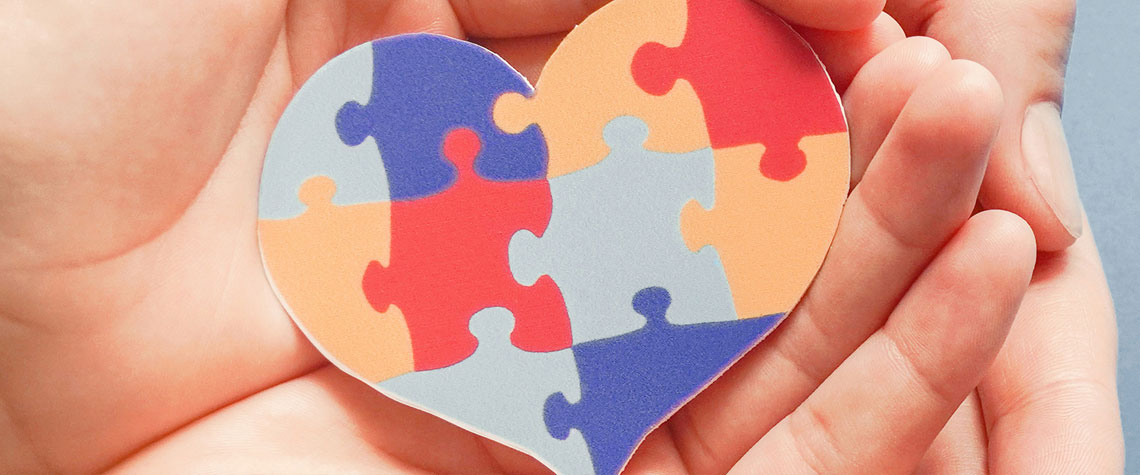alert-danger
MCCS HOLIDAY HOURS
- Marine & Family Support
- Information, Referral, and Relocation
- Libraries
-
- Relocation Assistance
- Exceptional Family Member Program
- Chaplains Religious Enrichment Development Operation
- Life Skills
- Prevention & Education
- Families Over Coming Under Stress
- Family Advocacy Program
- Family Readiness Program Training
- Marine Corps Family Team Building
- L.I.N.K.S.
- Family Member Employment Assistance Program
- Readiness and Deployment Support
- Personal Financial Management
- Single Marine Program
- Voluntary Education
- Volunteer Opportunities
Child and Youth
On this page:
On this page:
New Parent Support
The New Parent Support Program (NPSP) is a professional team of social workers, counselors, and r...
School Age Care
School-Age Care (SAC) is available for youth ages 5-12 years of age, who are enrolled in elementa...
School Liaison
The School Liaison Program (SLP) focuses its efforts on making transitions for military school ag...
Youth Programs
Child and Youth Programs (CYP) provide high quality child care programs and services that support...
Exceptional Family Member Program
The Exceptional Family Member Program (EFMP) supports the continuum of care for all eligible spon...






